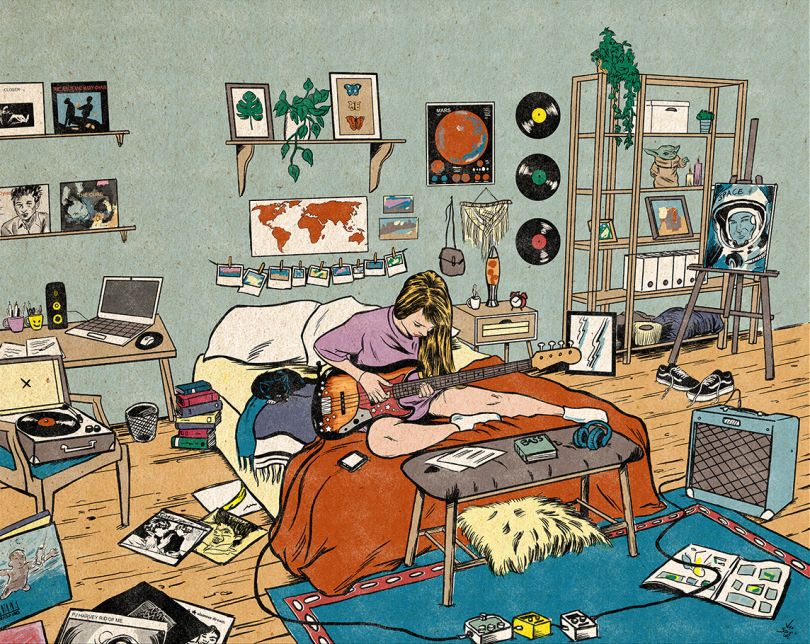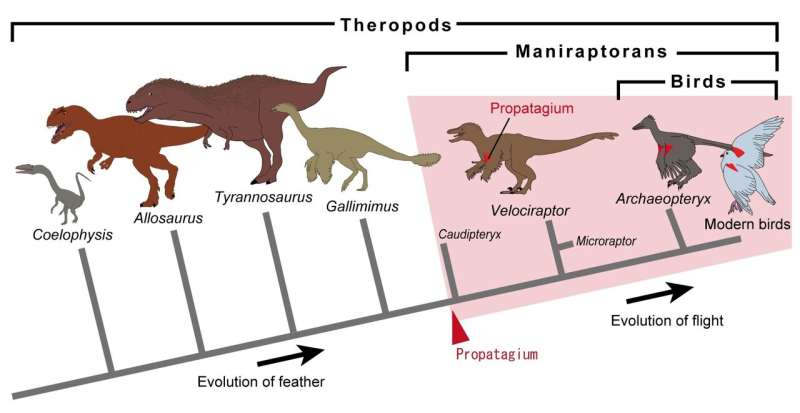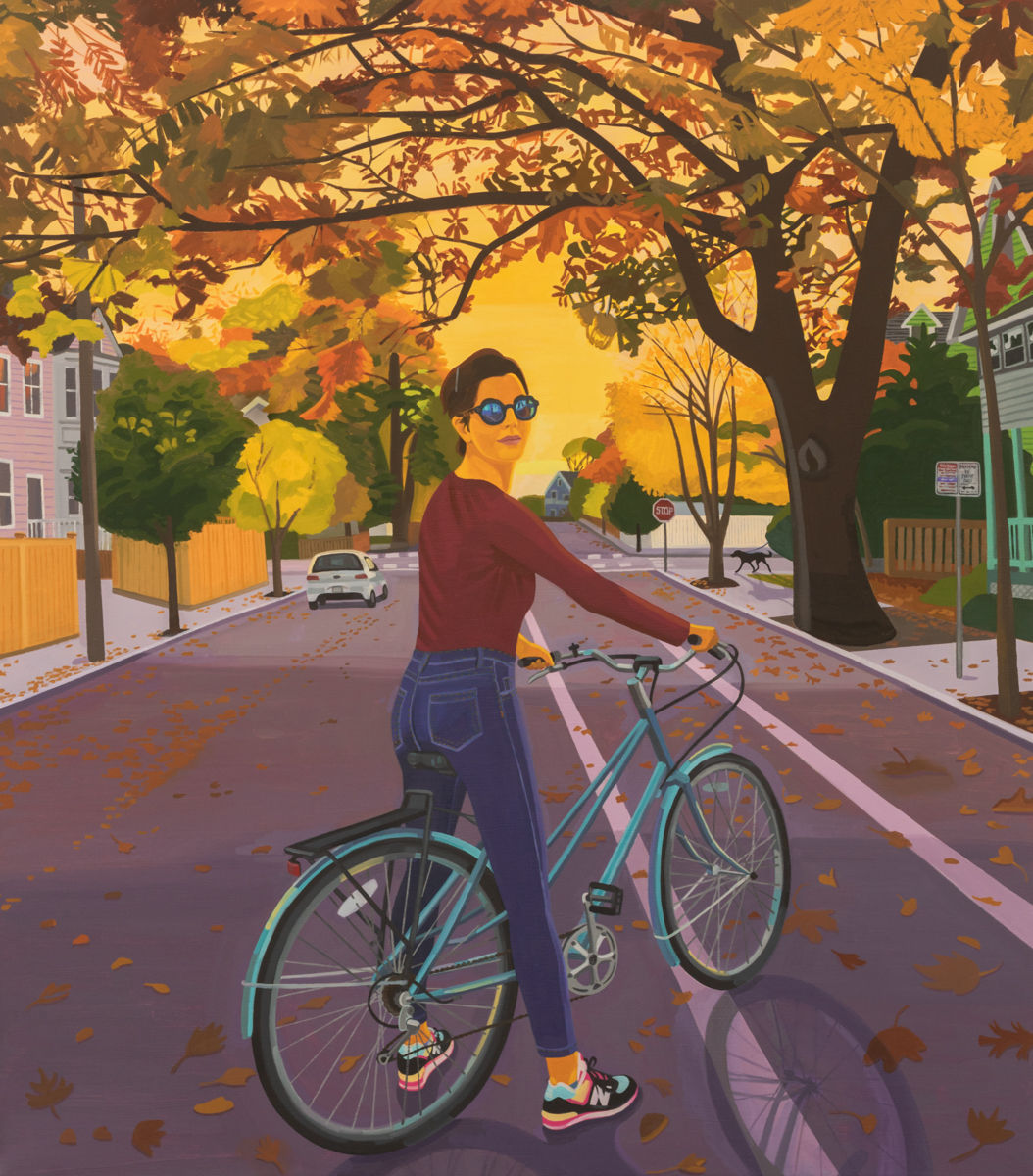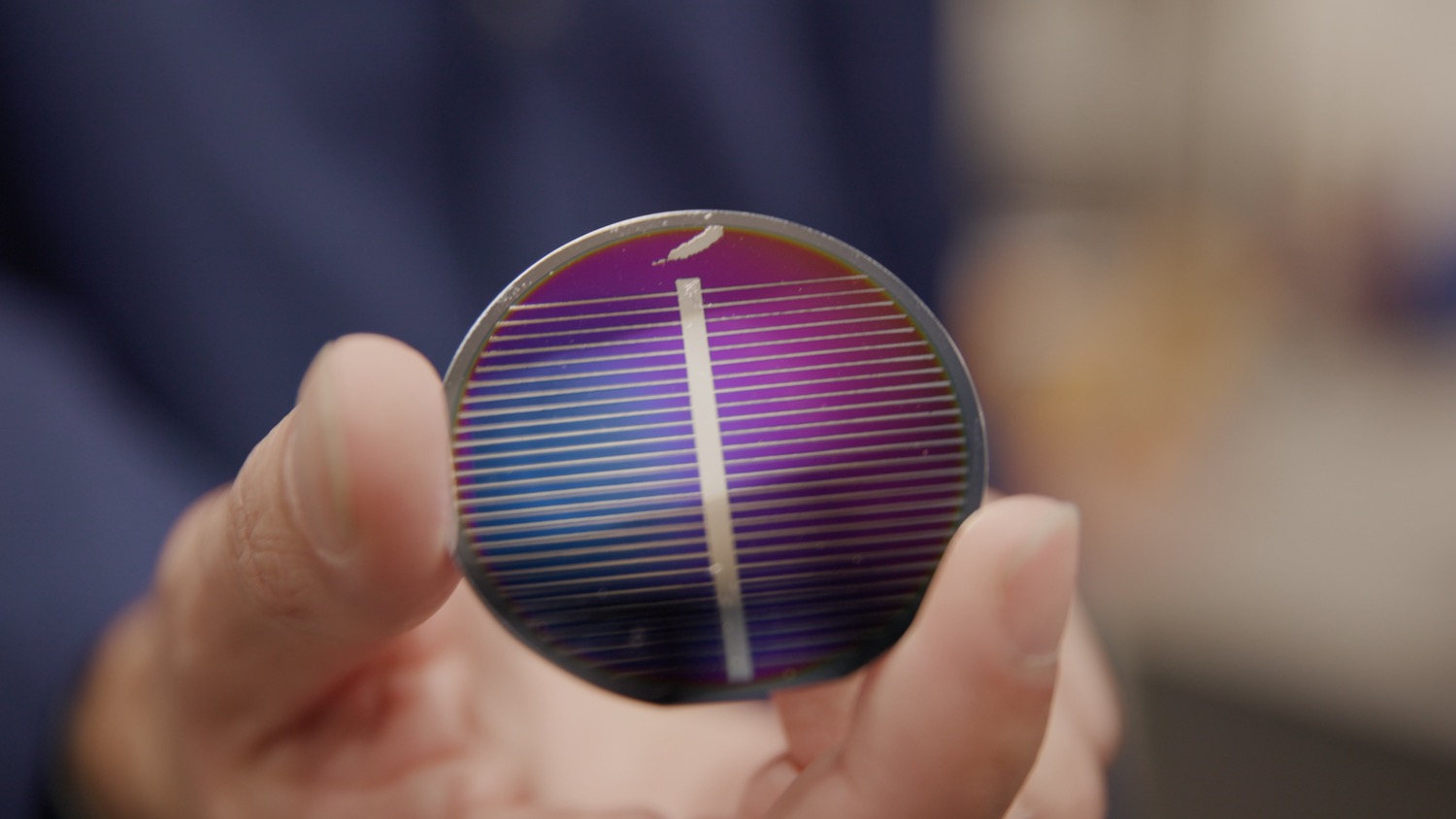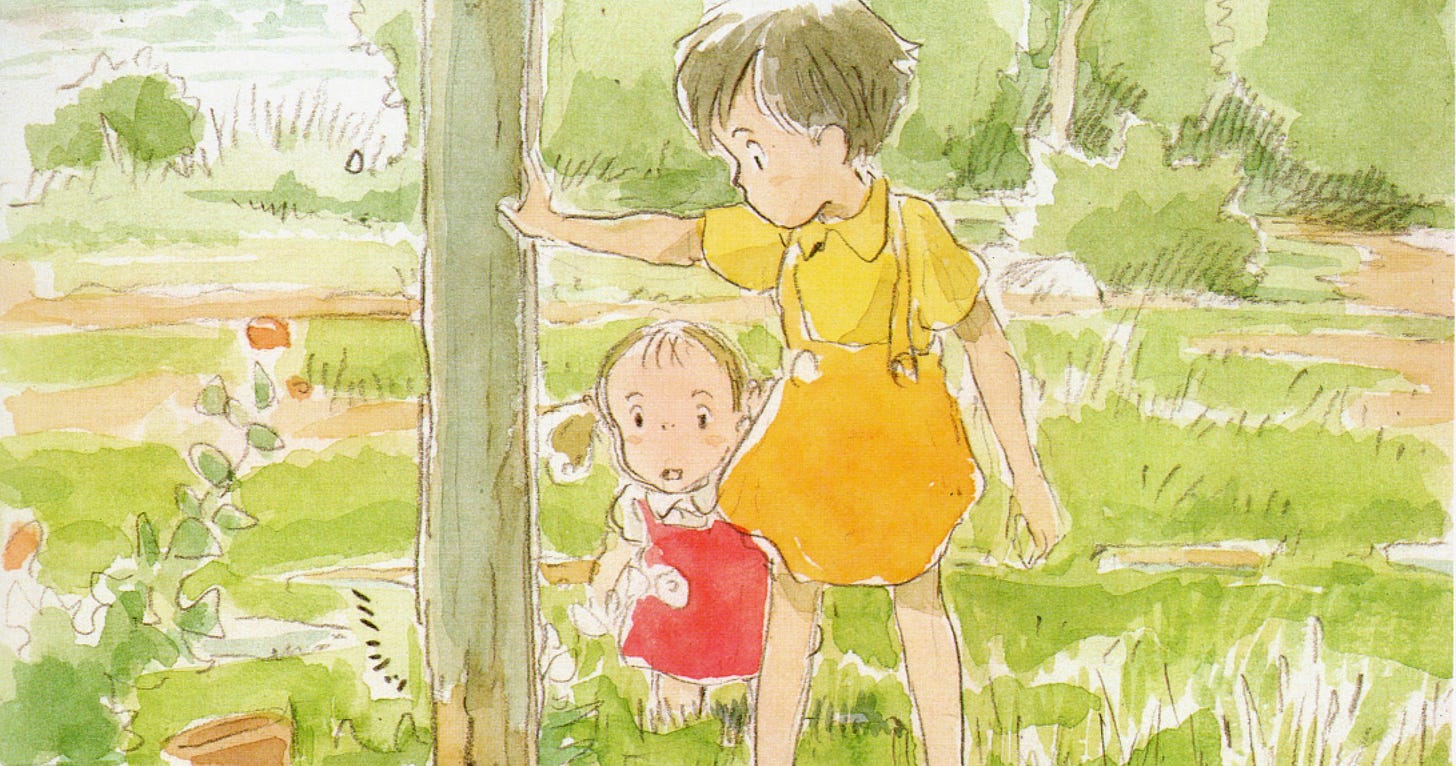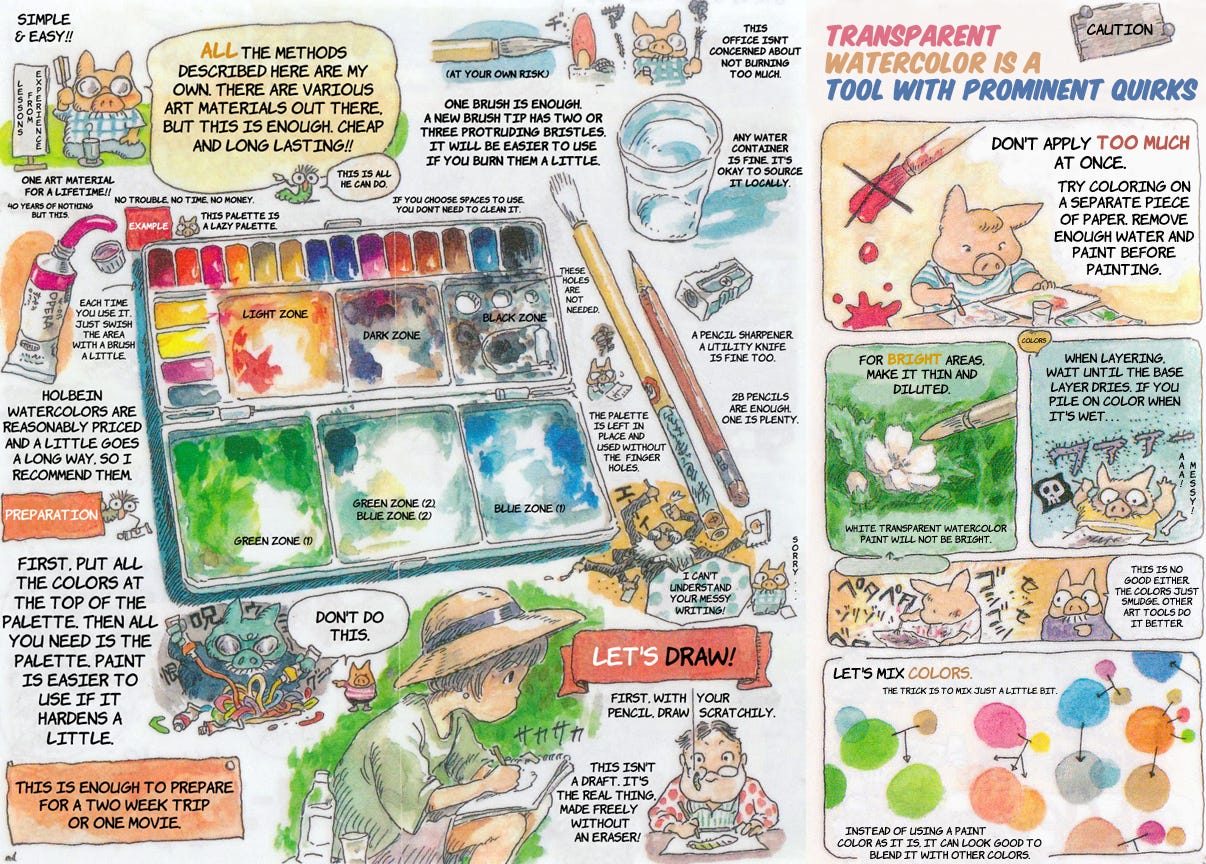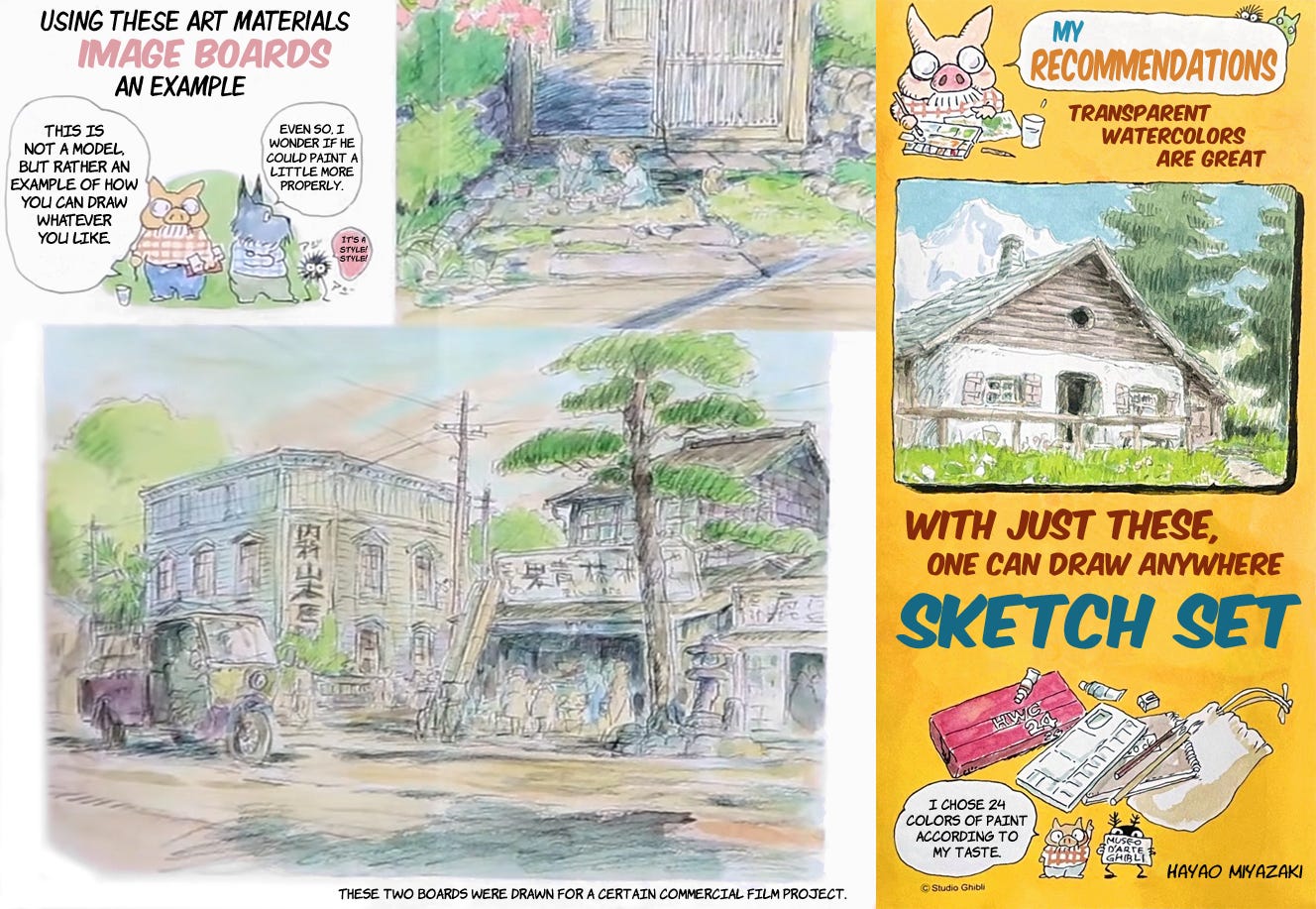The creative’s incredible retro illustrations draw on special moments from his childhood.
All posts by keith
Sarcopenia, Weight loss, and Protein
Of interest to me, and anyone on chemo, because the meds tend to cause weight loss, and muscle loss.
Source: The Arrow #112 – by Michael Eades – The Arrow
A roasted chicken thigh will give you about 30 gm of protein, of which close to 3 gm will be leucine. That’s enough to kick off mTOR and keep it working for 4-6 hours. Don’t think you can cheat the system by taking in smaller amounts of protein all day long or even larger amounts. You want mTOR to be pulsatile, not continuous. So, big doses. If you don’t feel like a chicken thigh for breakfast — and you may not — you can add whey in a shake. It’s a good source of leucine.
How birds got their wings
Source: How birds got their wings
Modern birds capable of flight all have a specialized wing structure called the propatagium without which they could not fly. The evolutionary origin of this structure has remained a mystery, but new research suggests it evolved in nonavian dinosaurs. The finding comes from statistical analyses of arm joints preserved in fossils and helps fill some gaps in knowledge about the origin of bird flight.
” style=”position: absolute; width: 0px; height: 0px; left: 0px; right: 0px; z-index: -1; border: 0px none;” width=”0″ height=”0″>For a long time now, we have known modern birds evolved from certain lineages of dinosaurs that lived millions of years ago. This has led researchers to look to dinosaurs to explain some of the features unique to birds, for example, feathers, bone structure and so on. But there’s something special about the wings of birds in particular that piqued the interest of researchers at the University of Tokyo’s Department of Earth and Planetary Science.
Paintings | helenawurzel
Paying To Be The Product – WARREN ELLIS LTD
We all used to say that social media isn’t free: if you’re not paying for a product, then you are the product. Which meant that all your usage information was sold to entities that would pay social media companies for it. This is a new -ish territory, maybe: now you pay to be the product.
18Feb23

Watchmaking: Machining a 0.6 mm Screw – YouTube
Blue Alchemist Technology Powers our Lunar Future | Blue Origin
Artist George Condo on What Drives Him to Create Beguiling Portraits

If I sat there and said, “I’m going to make the most beautiful painting I’ve ever painted in my life,” it’s going to be horrible. I did a lecture at the Frick in 2019 and somebody asked me: “How do you make a distinction between what’s a good painting or a bad painting.” For me, it’s like the desert question: If you had to take one painting with you to a desert island, which one would it be? But it’s not a question of what you can live with. When it comes to art: it’s what can you die with? What’s the last thing you want to see before you go?
How to Paint Like Hayao Miyazaki – Animation Obsessive
The pencil-and-watercolor methods of a master.
Source: How to Paint Like Hayao Miyazaki – Animation Obsessive
